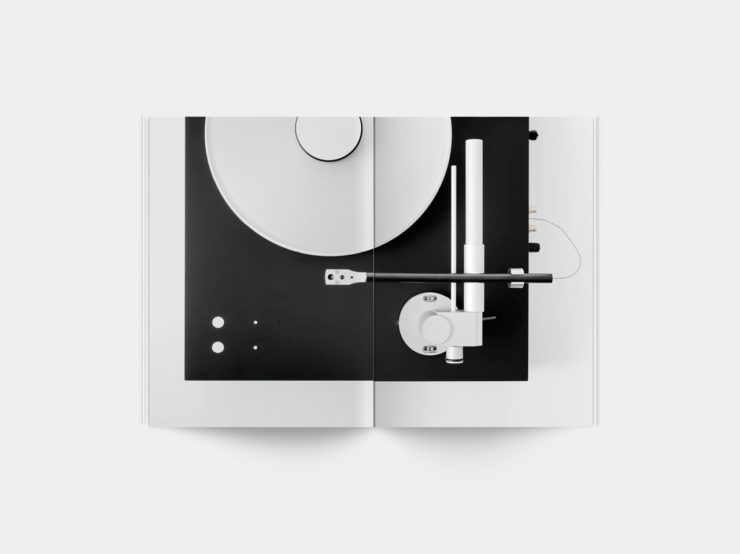
A phonograph record is an analog sound storage medium in the form of a flat disc with an inscribed, modulated spiral groove.
The groove usually starts near the periphery and ends near the center of the disc. At first, the discs were commonly made from shellac; starting in the 1950s polyvinyl chloride became common. In recent decades, records have sometimes been called vinyl records, or simply vinyl.
The phonograph disc record was the primary medium used for music reproduction throughout the 20th century. It had co-existed with the phonograph cylinder from the late 1880s and had effectively superseded it by around 1912. Records retained the largest market share even when new formats such as the compact cassette were mass-marketed. By the 1980s, digital media, in the form of the compact disc, had gained a larger market share, and the vinyl record left the mainstream in 1991.
From the 1990s to the 2010s, records continued to be manufactured and sold on a much smaller scale, and were especially used by disc jockeys (DJs) and released by artists in mostly dance music genres, and listened to by a niche market of audiophiles. The phonograph record has made a notable niche resurgence in the early 21st century – 9.2 million records were sold in the U.S. in 2014, a 260% increase since 2009. Likewise, in the UK sales have increased five-fold from 2009 to 2014.
As of 2017, 48 record pressing facilities remain worldwide, 18 in the United States and 30 in other countries. The increased popularity of vinyl has led to the investment in new and modern record-pressing machines. Only two producers of lacquers remain: Apollo Masters in California, and MDC in Japan.
Phonograph records are generally described by their diameter in inches, the rotational speed in revolutions per minute (rpm) at which they are played (8 1⁄3, 16 2⁄3, 33 1⁄3, 45, 78), and their time capacity, determined by their diameter and speed (LP [long playing], 12-inch disc, 33 1⁄3 rpm; SP, 10-inch disc, 78 rpm, or 7-inch disc, 45 rpm; EP, 12-inch disc, 33 1⁄3 or 45 rpm); their reproductive quality, or level of fidelity (high-fidelity, orthophonic, full-range, etc.); and the number of audio channels (mono, stereo, quad, etc.).
Vinyl records
Vinyl records may be scratched or warped if stored incorrectly but if they are not exposed to high heat, carelessly handled or broken, a vinyl record has the potential to last for centuries. The large cover (and inner sleeves) are valued by collectors and artists for the space given for visual expression, especially when it comes to the long play vinyl LP.